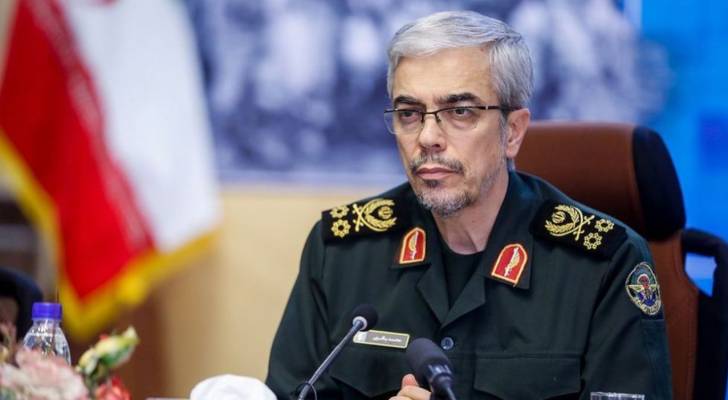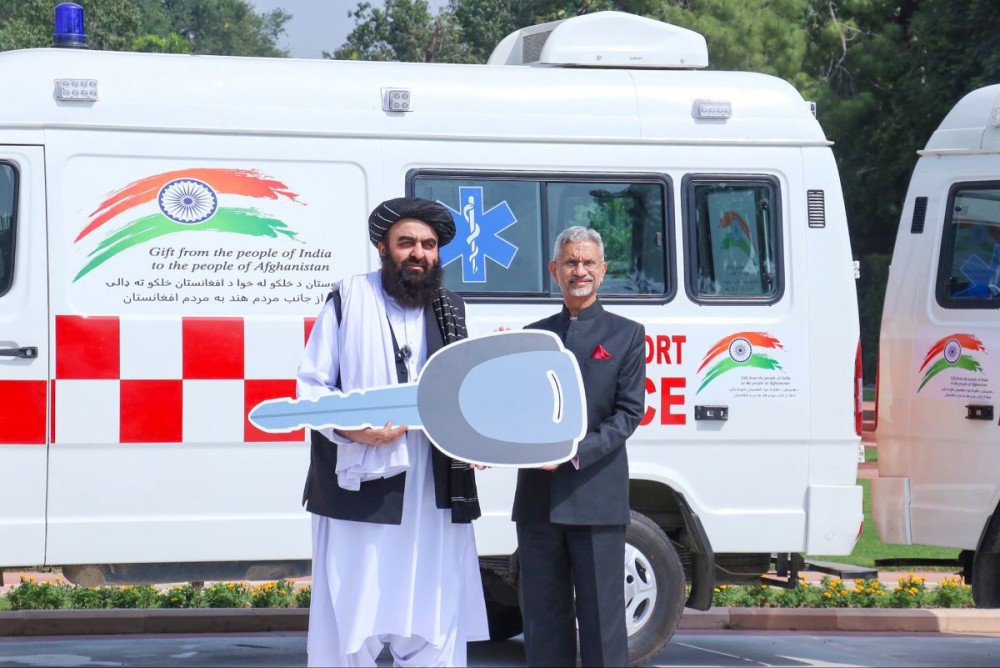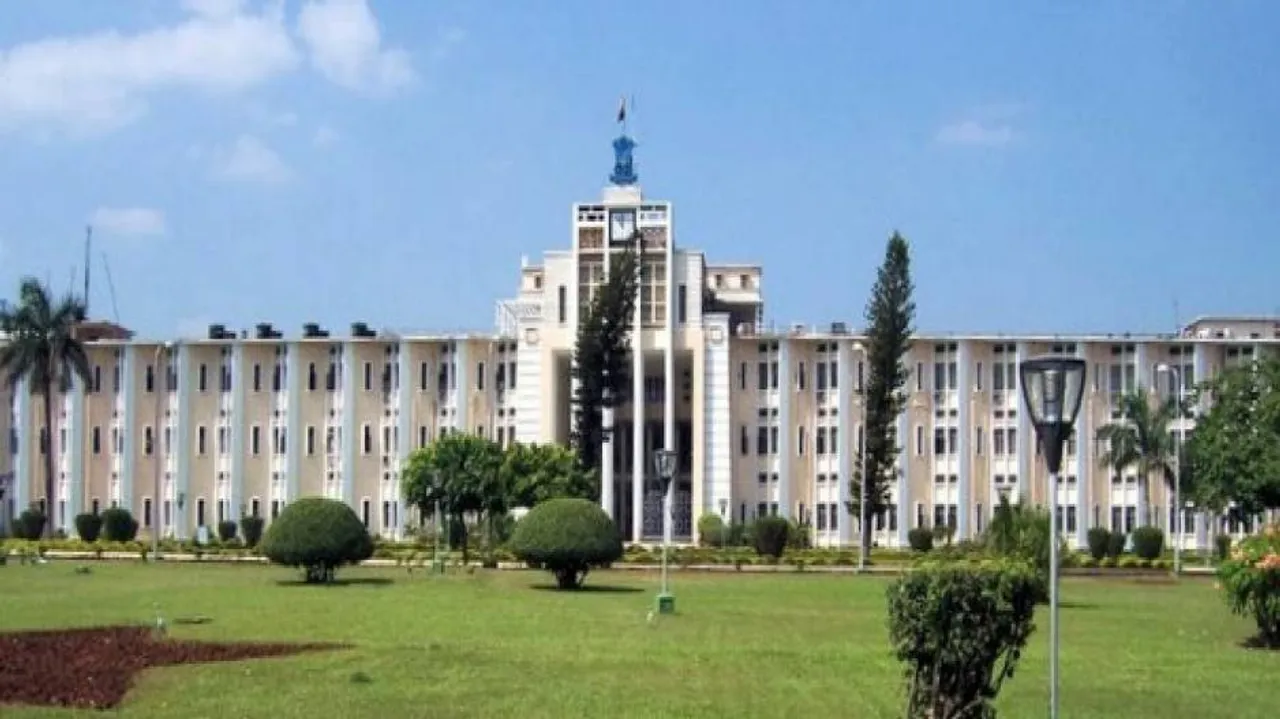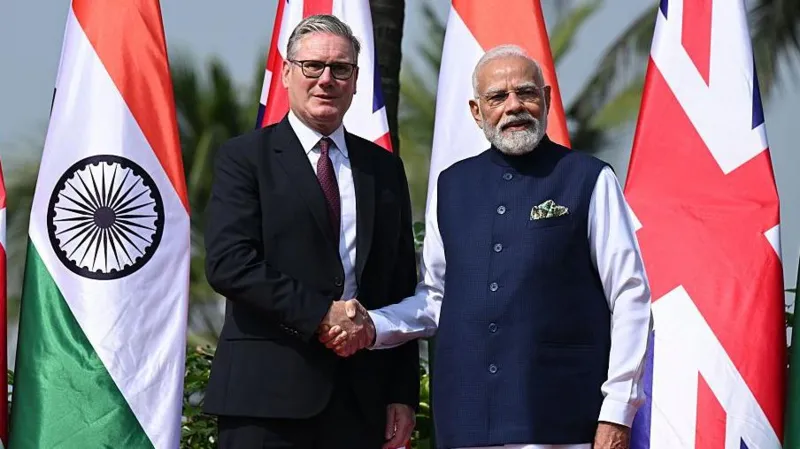Tehran/Jerusalem, 13 June 2025 – The Middle East stands on the precipice of a broader regional conflict after Israel launched a series of precision strikes early Friday morning targeting Iranian military, nuclear, and intelligence facilities in and around Tehran. The attacks claimed the lives of multiple senior Iranian military officials, including General Mohammad Bagheri, Iran’s highest-ranking military officer and Chief of Staff of the Armed Forces.
The Israeli strikes, which also targeted residential buildings housing senior Iranian security personnel, have drawn sharp international condemnation and raised fears of an uncontrollable escalation between the long-standing regional rivals.
Who Was General Mohammad Bagheri?
General Mohammad Bagheri, born Mohammad Hossein Afshordi in the 1960s, was a veteran of the Iran-Iraq War, a key IRGC figure, and one of the most powerful figures in Iran’s military establishment.
-
He joined the Islamic Revolutionary Guard Corps (IRGC) in 1980, the same year the Iran-Iraq war erupted.
-
His older brother, Hassan Bagheri, was a key IRGC intelligence figure who died in the conflict.
-
In 1983, Mohammad Bagheri became head of the IRGC’s intelligence operations.
-
He rose to become Chief of Staff in 2016, replacing Maj. Gen. Seyyed Hassan Firoozabadi.
-
Known to work closely with Iran’s elite IRGC aerospace division, he was responsible for sensitive military operations, often beyond Iran’s borders.
Bagheri had been sanctioned by the United States, Canada, the UK, and the EU for various reasons, including:
-
His close ties to Supreme Leader Ayatollah Ali Khamenei,
-
Supplying drones to Russia,
-
And his role in suppressing the 2022 Mahsa Amini protests.
Following his death, Iran appointed Ahmad Vahidi, former Defence and Interior Minister, as interim Chief of Staff.
Other Top Commanders and Scientists Killed
In addition to Bagheri, Israel’s targeted strikes killed:
-
Hossein Salami, Commander-in-Chief of the IRGC,
-
Gholamali Rashid, Deputy Commander-in-Chief of the Iranian Armed Forces,
-
And multiple Iranian nuclear scientists whose names have not yet been officially released.
According to Israeli defense sources, the operation aimed to “decapitate Iran’s military chain of command” and cripple its nuclear capabilities, just days before planned US-Iran nuclear talks in Muscat.
Tensions Peak Ahead of Nuclear Talks
The strikes occurred just as Iran and the United States were preparing for high-stakes nuclear negotiations scheduled for Sunday in Oman. The US State Department had earlier put diplomatic staff on alert across the region in anticipation of retaliatory moves.
Despite the Israeli assault, US Special Envoy Steve Witkoff stated Friday morning that the talks were still scheduled to proceed. However, analysts remain skeptical.
“I find the plausibility of talks continuing as slim to none,” said Reza H Akbari, a senior analyst at the Institute for War and Peace Reporting.
International Reactions: Warnings and Condemnations
The international community responded swiftly, with Saudi Arabia, Oman, and Qatar calling the Israeli airstrikes a “flagrant violation of international law.” Several global powers urged both nations to exercise restraint and de-escalate tensions.
While the Israeli government has not officially confirmed its role in the attacks, anonymous intelligence sources confirmed that the targeted assassinations were carried out using a combination of air-launched munitions and stealth drone technology.
What Comes Next?
The death of top Iranian military and nuclear figures has significantly escalated tensions in the region, with many experts warning of Iranian retaliation, potential cyberwarfare, or proxy-based confrontations via Hezbollah, the Houthis, or Iraqi militias.
As Tehran mourns its slain generals, the strategic calculus across the Middle East has shifted, and the prospect of a broader Israel-Iran conflict has never looked more imminent.










